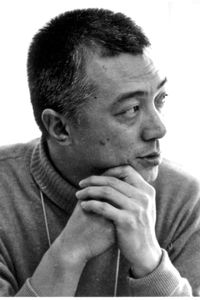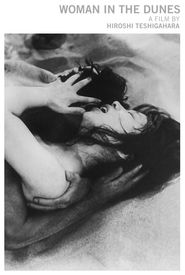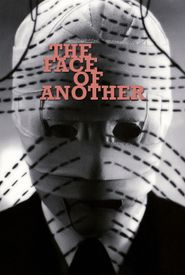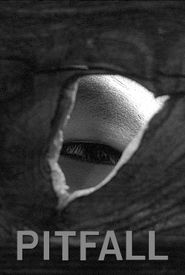Hiroshi Teshigahara, a celebrated and highly respected Japanese filmmaker, emerged into the world on January 28, 1927, within the bustling metropolis of Tokyo. His entry into the world was marked by a significant familial influence, as his father, Sofu Teshigahara, was the visionary founder and esteemed grand master of the Sogetsu School of ikebana, an art form deeply rooted in Japanese culture.
After completing his academic pursuits at the esteemed Tokyo National University of Fine Arts and Music in 1950, Teshigahara embarked upon a career in documentary filmmaking, laying the groundwork for his future success in the cinematic world.
Teshigahara's initial creative endeavors comprised the 1962 cinematic masterpiece, Pitfall, a collaborative effort with the renowned author Kōbō Abe and the esteemed musician Tōru Takemitsu. This groundbreaking film garnered the prestigious NHK New Director's award, thereby cementing Teshigahara's position as a rising talent in the film industry.
Subsequently, he continued to work in tandem with Abe and Takemitsu throughout the 1960s, fostering a creative synergy that would come to define his artistic trajectory. Concurrently, Teshigahara pursued his passion for ikebana, the traditional Japanese art of flower arrangement, as well as sculpture, thereby demonstrating his versatility and multifaceted artistic inclinations.
As his career progressed, Teshigahara's fascination with the interplay between disparate artistic mediums and disciplines only deepened, ultimately giving rise to a body of work that would leave an indelible mark on the world of cinema and beyond.
Toshio Teshigahara's cinematic collaboration with Kobo Abe in 1964 yielded the critically acclaimed film Woman in the Dunes, which garnered significant international recognition, including an Academy Award nomination and a Special Jury Prize at the prestigious Cannes Film Festival. This groundbreaking achievement not only cemented Teshigahara's status as a prominent filmmaker in Japan but also elevated his profile as a visionary artist on the global stage.
During the initial decade of the 1970s, renowned Japanese filmmaker Hiroshi Teshigahara devoted his creative energies to the cinematic production of Summer Soldiers, a poignant and thought-provoking drama that delves into the lives of American deserters who had taken refuge in Japan amidst the tumultuous backdrop of the Vietnam War.
As he embarked on this ambitious project, Teshigahara partnered with Japanese researcher and translator John Nathan, whose linguistic expertise and cultural insight proved invaluable in bringing this complex and emotionally charged narrative to life.
From the mid-1970s onwards, Hiroshi Teshigahara redirected his creative energy towards the realm of documentaries, exhibitions, and his profound involvement with the esteemed Sogetsu School, ultimately ascending to the esteemed position of grand master in the year 1980.
As his artistic trajectory continued to evolve, Teshigahara also ventured into the world of Japanese television, culminating in the direction of the final two episodes of the beloved and iconic series Shin Zatouichi, which captivated audiences in 1978.
Teshigahara's cinematic legacy has had a profound and lasting impact on the work of other prominent Japanese filmmakers, with his innovative style and storytelling approach influencing a wide range of notable directors, including the legendary Akira Kurosawa.
Kurosawa, in particular, has publicly acknowledged the significant impact that Teshigahara's work has had on his own filmmaking, citing the final episode of Shin Zatouichi as a key inspiration for some of his most acclaimed films, including the critically acclaimed Kagemusha.
This acknowledgment highlights the profound respect and admiration that Kurosawa had for Teshigahara's unique vision and creative approach, and serves as a testament to the enduring influence that Teshigahara's work has had on the world of Japanese cinema.
The renowned Japanese film director, producer, and screenwriter, Hiroshi Teshigahara, breathed his last on the 14th of April in the year 2001.
A commemorative DVD box set, featuring his most iconic and celebrated works, was subsequently released in Japan on the anniversary of his passing, specifically in the year 2002.



























